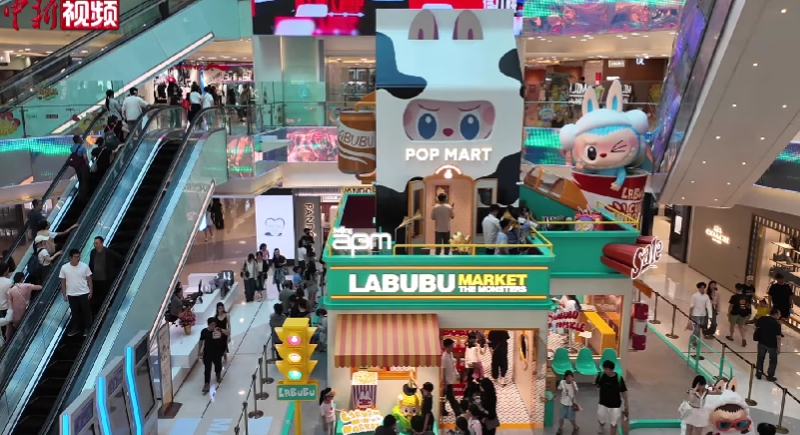Labubus: A Trend People Cling To in Search of Meaning
Labubu dolls have become a rare craze in the toy world; people wait in hour-long lines, bid against each other at auctions, and even spot them as accessories on luxury handbags carried by global celebrities.
Prices climb into the thousands on resale sites, and Pop Mart has turned the spiky-toothed figure into its top-selling franchise. However, beneath the surface of excited unboxing videos and bidding wars lies a bigger story about scarcity, belonging, and the ways people search for joy when everything else feels uncertain.
From Storybook To Pop Mart Phenomenon
Labubu was born in 2015, via the imagination of Hong Kong artist Kasing Lung, in a trilogy of Nordic mythology-inspired picture books. Pop Mart transformed the character into a vinyl collectible in 2019 as part of its “The Monsters” series. Its fuzzy coat, long ears, and a grin full of pointed teeth was strange enough to stand out in a crowded toy market.
The turning point came in 2024 when BLACKPINK’s Lisa made the doll her personal accessory of choice. Images of Labubu hanging from designer handbags spread quickly, and the character leapt from quirky figurine to fashion statement. Stars like Dua Lipa and Rihanna carried the craze into 2025.
A Marketplace Fueled By Scarcity

Image via Wikimedia Commons/中国新闻社
Retail prices for Labubu pendants typically range from $20 to $30, yet their scarcity reshaped the entire market. Pop Mart stores worldwide saw long lines forming before opening hours, and in the UK, sales were suspended to avoid chaos outside shops. In the US, thefts involving tens of thousands of dollars’ worth of dolls highlighted how feverish demand had become.
Auctions and resale sites only magnified the craze. Limited editions sold for more than $10,000, while collaborations with fashion and music partners reached past $30,000. A secondary market of counterfeits, nicknamed Lafufus, entered circulation at the same time. Authorities in both the UK and US issued warnings after seizing knockoffs that carried safety risks.
The Psychology Driving Obsession
Experts say the appeal connects directly to scarcity and social signaling. Owning something scarce confers status, and the deliberately “ugly-cute” design flips conventional aesthetics into a badge of taste. Each release also carries the added gamble of the blind box, with collectors chasing hidden variations and rare editions.
Therapists argue that Labubus also represents a break from the constant pressure to justify every purchase. The dolls don’t solve problems or serve a function. They exist purely for joy, which feels liberating when so much of life is measured by efficiency and productivity.
A Community Built Around A Toy
The scale of the movement is obvious, as can be seen on TikTok. Fans film unboxings, swap tips for hunting rare editions, and cheer for strangers pulling their favorites. They have given people a common language of fun during a heavy period in global culture. The dolls are a reminder that even in unpredictable times, people still crave lighthearted rituals and connection.